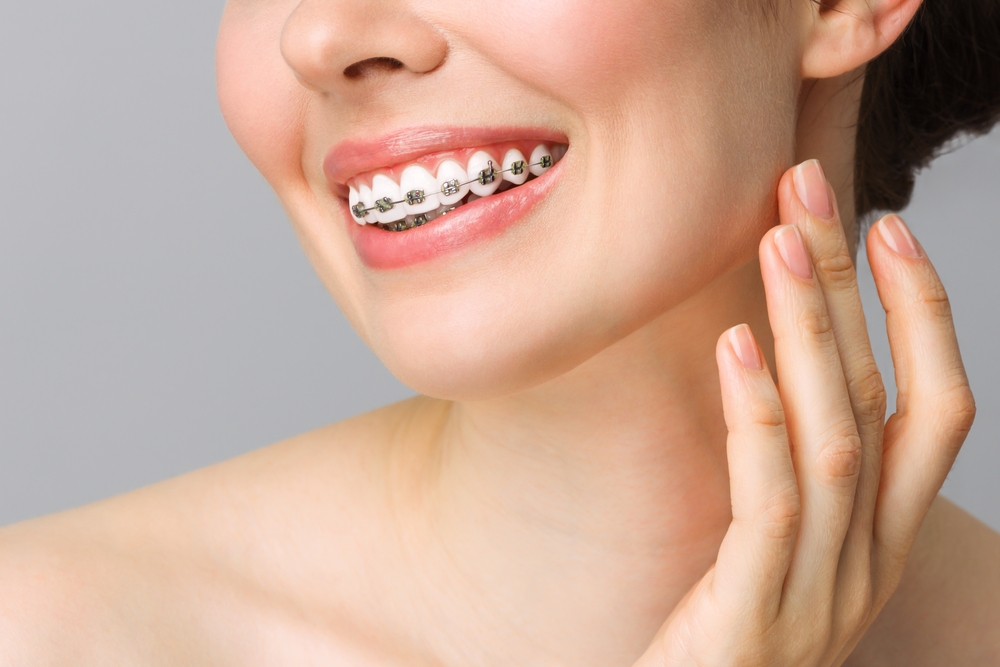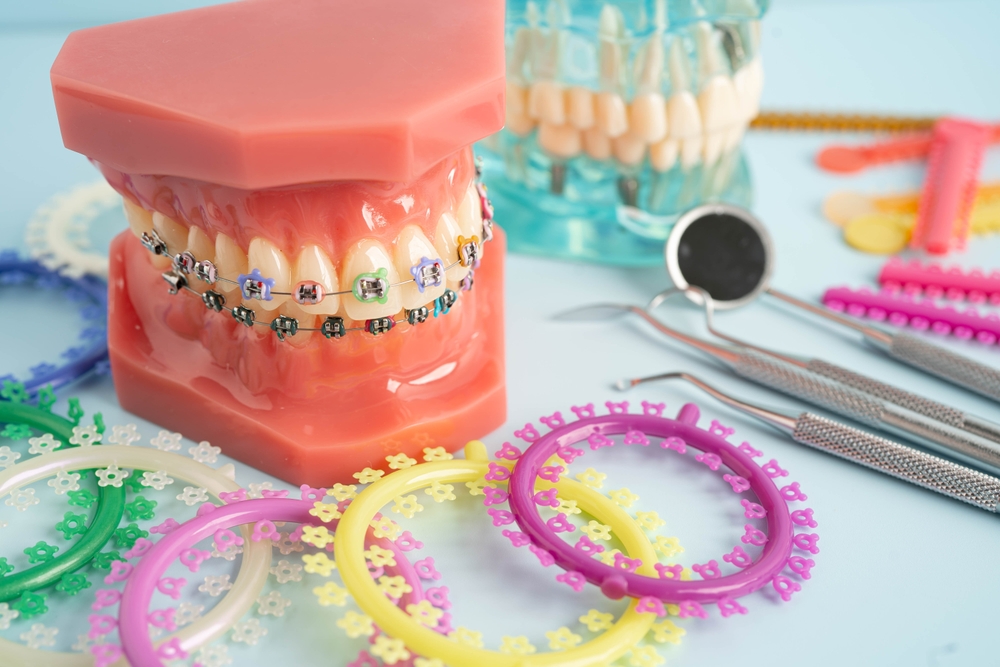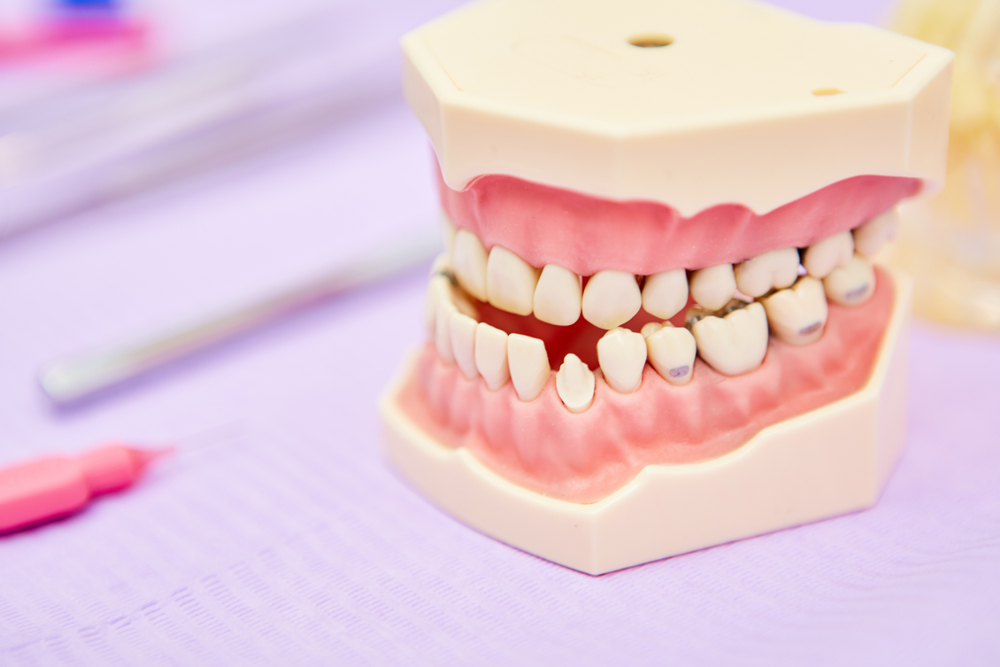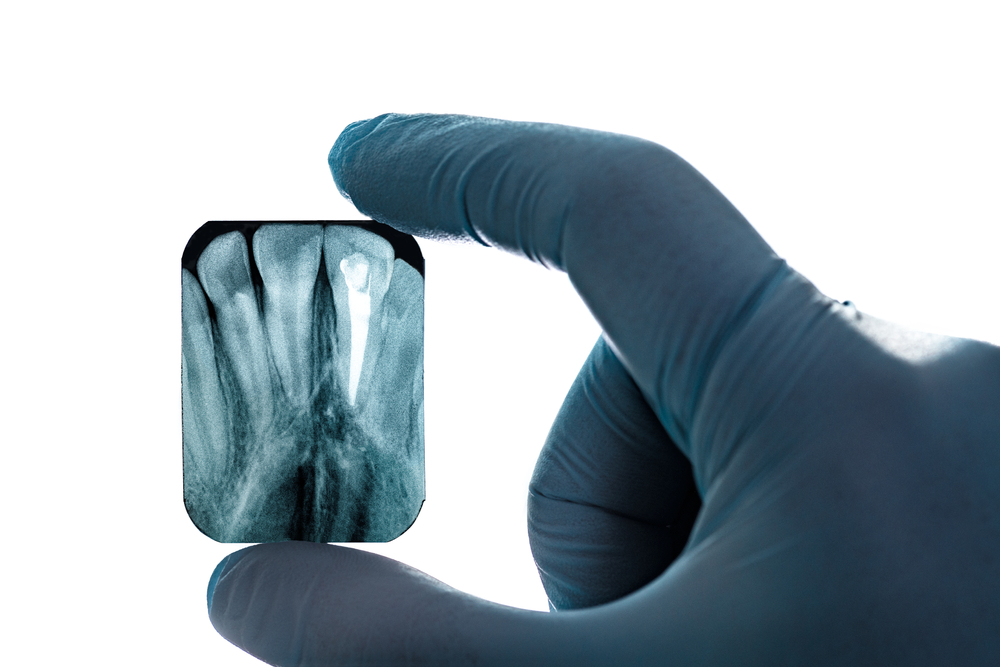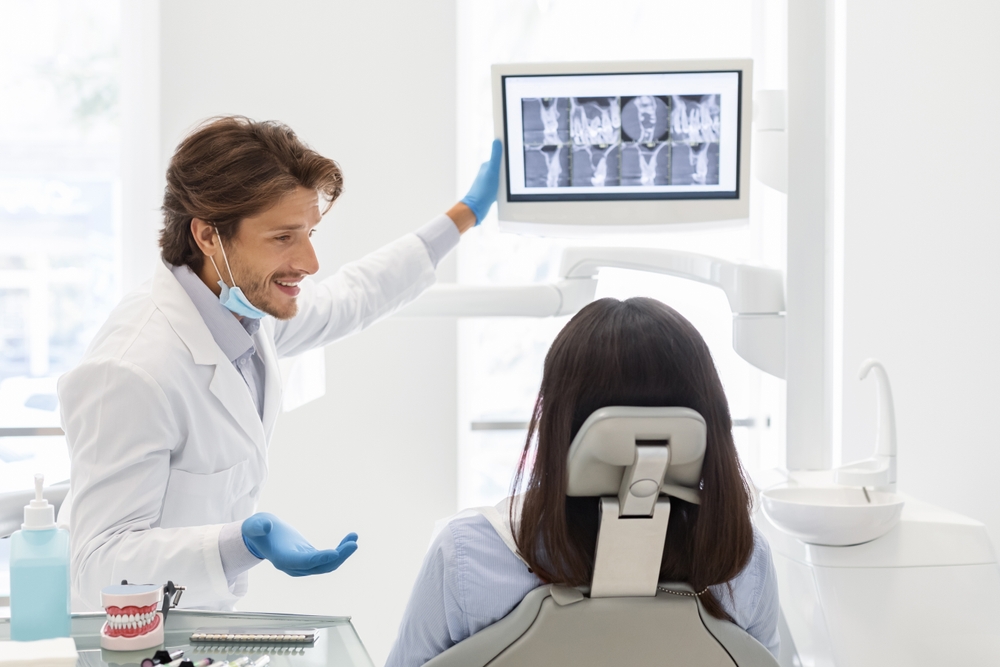At Davis Family Orthodontics, led by Dr. Laura Davis and proudly serving the communities of Lawrenceville, Morrow, Stone Mountain, and Loganville, GA, understanding the broader impact of orthodontics is part of our commitment to education. Many people associate orthodontic care primarily with aesthetics, but straightening teeth is only part of the picture. In reality, orthodontics is a critical tool for improving the functionality of the smile. From more efficient chewing to better speech and long-term jaw health, the benefits of orthodontic treatment extend well beyond cosmetic enhancement.
Improving Bite Alignment for Better Function
One of the core goals of orthodontic treatment is to achieve proper occlusion, or the way the upper and lower teeth come together when the mouth closes. A misaligned bite, also known as malocclusion, can cause a host of functional issues that affect everyday life. Common forms of malocclusion include overbites, underbites, crossbites, and open bites, each of which can lead to difficulties in chewing, biting, and even breathing in some cases.
Correcting bite alignment allows the teeth to make even contact, distributing pressure more evenly across the dental arch. This not only improves chewing efficiency but also reduces the risk of tooth wear, enamel erosion, and jaw strain. Proper occlusion ensures that the temporomandibular joint (TMJ) operates smoothly, preventing long-term complications such as headaches, jaw pain, or temporomandibular joint disorder (TMD). A functional bite is foundational to oral health and comfort, and orthodontics plays a crucial role in achieving and maintaining it.
Enhancing Chewing and Digestion
Chewing is the first stage of the digestive process, and its effectiveness can significantly influence nutrient absorption and gut health. When teeth are misaligned, the ability to chew food thoroughly may be compromised. This can lead to larger food particles reaching the stomach, putting additional strain on the digestive system and possibly leading to discomfort or indigestion.
Orthodontic treatment corrects the alignment of the teeth and jaws, improving the efficiency of mastication. When the upper and lower teeth fit together correctly, patients can break down food more completely, facilitating smoother digestion. This is particularly important for individuals who may have previously avoided certain foods because of chewing difficulty or discomfort. A properly aligned smile doesn’t just improve the way food is chewed—it enhances the overall digestive experience and supports better nutrition.
Supporting Clearer Speech and Pronunciation
Speech production is a complex process that involves coordination between the tongue, lips, palate, and teeth. Misaligned teeth or jaw positions can interfere with this coordination, leading to speech impediments such as lisps, difficulty pronouncing certain consonants, or slurred speech. These challenges can affect self-esteem, especially in children and adolescents during crucial stages of social development.
Orthodontics can correct the underlying dental or skeletal issues contributing to these speech difficulties. By aligning the teeth and jaws, it becomes easier for the tongue and other oral structures to articulate sounds properly. While not all speech issues are related to dental alignment, many individuals experience significant improvements in clarity and confidence following orthodontic care. In some cases, orthodontic treatment is coordinated with speech therapy to achieve optimal results.
Preventing Jaw Strain and Long-Term Pain
When the bite is unbalanced, the jaw muscles and joints must work harder to compensate for the misalignment. Over time, this compensation can lead to muscle fatigue, joint inflammation, and chronic pain in the jaw, neck, and even the shoulders. Individuals with malocclusion often report clicking or popping noises when opening or closing their mouths, a common sign of temporomandibular joint stress.
Orthodontic treatment helps realign the jaw in a way that distributes force more evenly across all oral structures. This not only reduces the physical burden on the jaw but also helps prevent the development or worsening of temporomandibular disorders. Proper jaw alignment can improve jaw mobility and range of motion, making everyday tasks like eating, talking, and yawning more comfortable. Preventing chronic strain through early orthodontic intervention may significantly enhance a person’s long-term quality of life.
Making Oral Hygiene More Effective
Functionality isn’t limited to chewing and speaking—it also includes maintaining oral health through hygiene practices. Misaligned or crowded teeth create hard-to-reach areas that are difficult to clean effectively with a toothbrush or dental floss. Over time, this can lead to a buildup of plaque and tartar, increasing the risk of tooth decay, gum disease, and even bad breath.
By straightening the teeth and improving spacing, orthodontics makes it easier to maintain a healthy oral environment. Brushing and flossing become more efficient, reducing the likelihood of cavities and gingivitis. Improved oral hygiene also supports gum health, which is vital for anchoring teeth securely in the jaw. Cleaner teeth and gums contribute to a healthier mouth, and by extension, a healthier body.
Protecting Teeth from Injury and Wear
Teeth that protrude or don’t align properly are more vulnerable to damage. For example, individuals with an overbite or open bite may unconsciously grind their teeth during sleep or clench during the day—a condition known as bruxism. This excessive force can cause tooth fractures, enamel loss, and even gum recession over time.
Orthodontics can address the root causes of bruxism by improving the balance of the bite and reducing the mechanical stress placed on certain teeth. When the teeth meet evenly, they are less likely to experience premature wear or trauma. This preventative benefit of orthodontic care supports the longevity of the natural teeth and reduces the need for restorative dental work later in life.
Psychological and Social Benefits of a Functional Smile
Functionality often influences confidence in ways that are not immediately obvious. For many individuals, discomfort while eating, speaking, or even smiling can create social anxiety or embarrassment. These limitations can impact a person’s willingness to engage in social interactions, participate in public speaking, or express themselves openly.
Orthodontics restores more than just physical function—it can significantly improve mental well-being by making daily interactions more comfortable and natural. When people no longer have to worry about how they sound when they speak or struggle to chew certain foods in public, their self-assurance often improves. This emotional uplift is a powerful part of what makes orthodontic treatment so transformative, especially for children and teens navigating social environments like school and extracurricular activities.
Final Thoughts on Function and Orthodontic Health
Understanding the functional benefits of orthodontics underscores its value beyond cosmetic improvement. Aligning the teeth and jaws enhances bite efficiency, supports clear speech, protects oral health, and contributes to long-term comfort and well-being. While the aesthetic rewards are often immediate and gratifying, the lasting improvements in functionality may be even more impactful over a lifetime.
Davis Family Orthodontics, located in Lawrenceville, Morrow, Stone Mountain, and Loganville, GA, encourages patients to view orthodontics as an investment not only in their appearance but in the quality and ease of their daily lives. A functional smile is a healthier, more resilient smile—and one that can make every interaction, meal, and conversation feel more natural and enjoyable.
Sources
Proffit, W. R., Fields, H. W., & Sarver, D. M. (2012). Contemporary Orthodontics. Mosby Elsevier.
Rinchuse, D. J., & Kandasamy, S. (2009). Orthodontic retention and stability: A clinical perspective. American Journal of Orthodontics and Dentofacial Orthopedics.
Lione, R., et al. (2013). Effects of functional orthodontic treatment on speech articulation: A review. Journal of Oral Rehabilitation.

